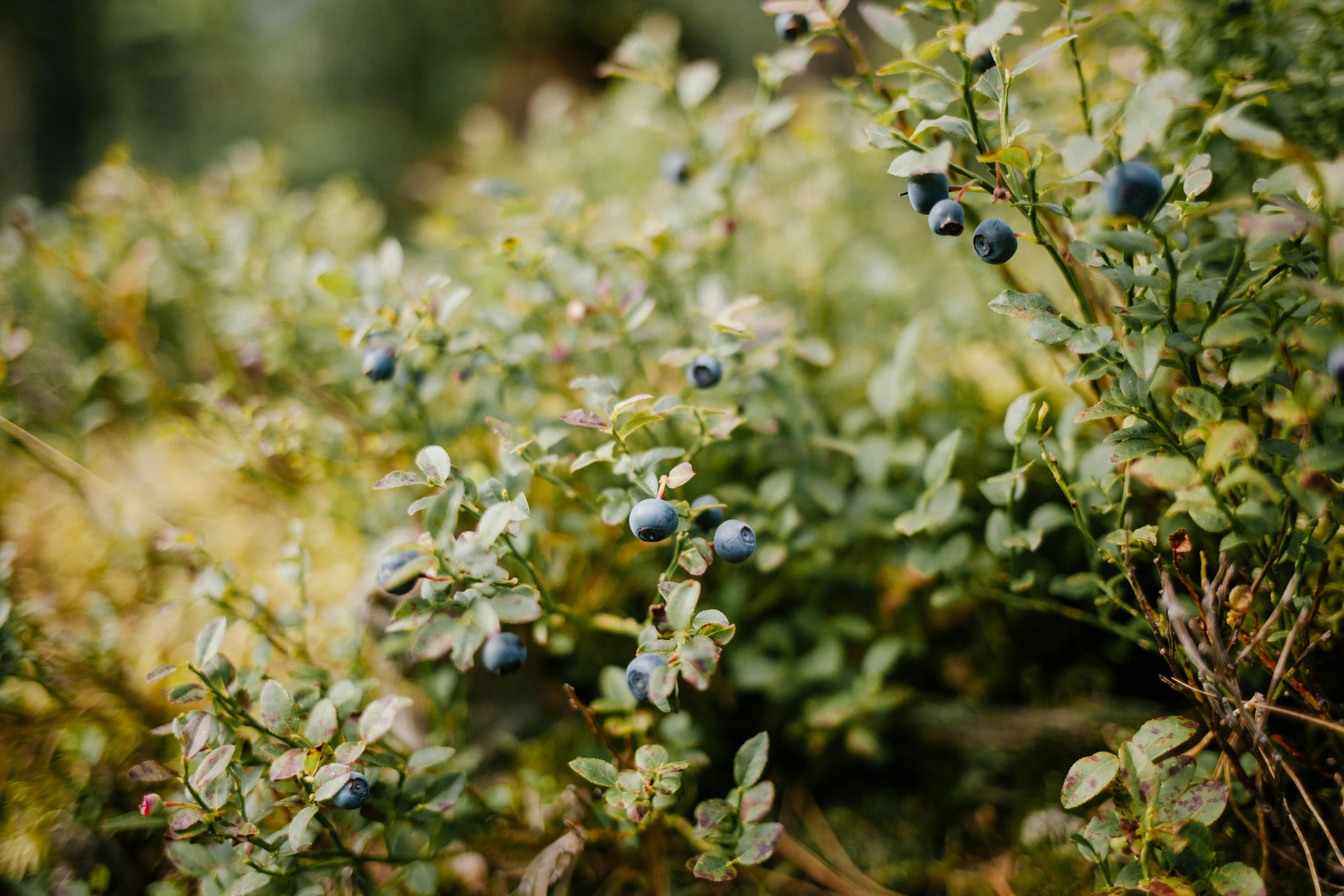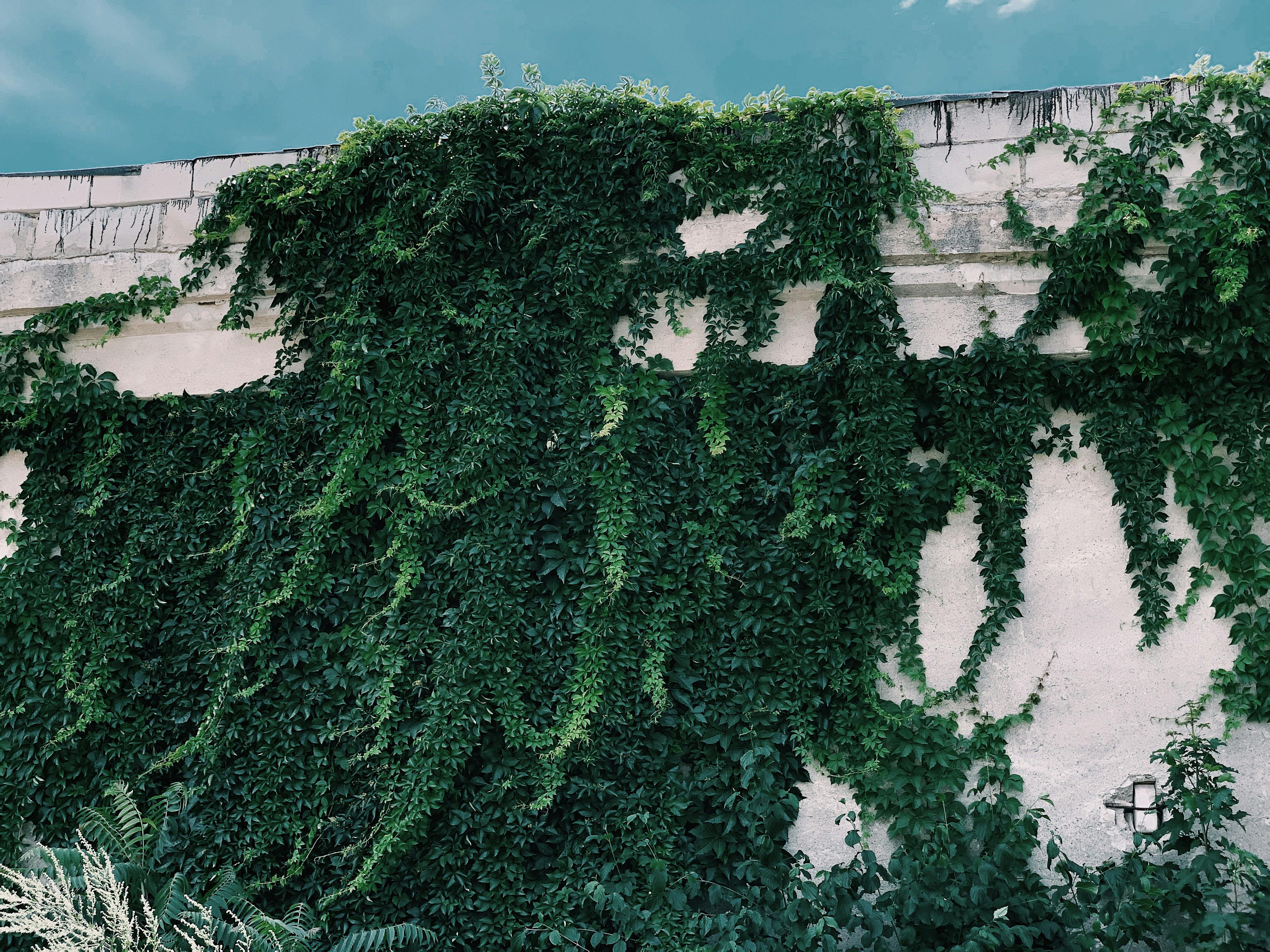Blueberry bushes are a great addition to any garden. Not only do they provide delicious fruit, but they’re also easy to care for and can be grown in most climates with minimal effort. However, blueberries are also a favorite food of birds and other animals, so protecting your crop with netting is essential to keeping it safe from predators. Knowing when to cover blueberry bushes with netting is an important part of successful blueberry cultivation.The best time to cover blueberry bushes with netting is when the fruit begins to ripen and just before the birds begin to gather. Covering the bushes with netting will help protect the fruit from birds, insects, and other animals.
Covering Blueberry Bushes With Netting
Covering blueberry bushes with netting is an effective way to protect the berries from birds, insects, and other animals. Netting also helps to keep the berries clean and free of debris. There are several advantages to using netting for blueberry bushes.
The first advantage is that it allows the blueberries to ripen naturally without interference from birds, insects, or other animals. Birds are particularly fond of ripe blueberries and will often eat them before they are ready for harvest. By covering the bushes with netting, birds will be unable to access the fruit, allowing them to ripen properly.
Another advantage of using netting is that it helps keep the berries clean. Without a layer of protection between the bushes and outside elements, debris can easily accumulate on the berries which can affect their flavor and shelf life. Netting acts as a physical barrier that keeps dirt and other particles from reaching the fruit.
Finally, netting provides protection against harsh weather conditions such as strong winds or heavy rains. The netting helps keep the plants upright and prevents branches from breaking off due to wind or rain damage. This helps ensure a healthy crop of blueberries each year.
Overall, covering blueberry bushes with netting has many advantages. It allows the fruit to ripen without interference from birds or other animals, keeps them clean and free of debris, and provides protection against harsh weather conditions which can damage plants and reduce yields.
What Type Of Netting Is Best For Covering Blueberry Bushes?
Using netting to cover blueberry bushes is an effective way to protect the berries from birds and other animals. The type of netting that is best for covering blueberry bushes will depend on the size of the bush, the type of bird or animal that needs to be excluded, and the budget available.
For small blueberry bushes, lightweight plastic or mesh netting can be used. This type of netting is usually easy to install and can be purchased in various sizes and colors. It is important to consider how many times you will need to access the bush in order to maintain it, as this will affect how you attach the netting and how easy it is to remove when needed.
For larger blueberry bushes, heavier nylon or mesh netting may be a better option. This type of netting provides more protection from larger birds or animals that may try to get into the bush. It also has a longer lifespan than lighter materials. However, it may require more effort to install and take down when needed.
It is also important to consider what kind of pests are in your area that could try to get into your blueberry bush. If there are small rodents such as mice or voles, then you should look for a heavy-duty mesh with small holes that will prevent them from entering the bush. If there are large birds such as crows or ravens in your area, then you should look for a heavier-gauge netting with larger holes that will provide enough protection while still allowing air circulation through the bush.
No matter what type of netting you decide on for covering your blueberry bush, it is important to ensure that it fits securely around the entire plant so that no birds or animals can get inside and eat all your berries!
Installing Netting on Blueberry Bushes
Netting is a great way to protect your blueberry bushes from birds and other pests. Installing netting is an easy task that requires only a few tools and materials. Here are the steps for installing netting on blueberry bushes:
Gather Your Tools and Materials
You will need your netting, gardening scissors, a ladder, and some stakes or poles to hold the netting in place. Make sure to measure the size of your blueberry bush so you can buy the right size of netting.
Prepare the Netting
Lay out the netting on the ground and cut it to fit around your blueberry bush. Make sure there is enough excess material so that you can attach it securely to the stakes or poles.
Attach the Netting to Stakes/Poles
Using gardening scissors or wire cutters, attach one end of the netting to a stake or pole with heavy-duty wire or string. Securely wrap the wire around both ends several times before tying it off. Repeat this process for all four corners of the netting, making sure it’s taut but not overly tight.
Secure Netting at Bottom
Once all four corners have been secured, use additional stakes or poles to secure any loose edges of the netting at the bottom of your blueberry bush. This will ensure that no birds can sneak in underneath.
Check Net for Any Holes
Finally, check your net for any holes or tears that may have occurred during installation. If you find any, use some additional wire or string to patch them up and make sure they are secured tightly before leaving them alone.
Types of Netting Available for Blueberry Bushes
Netting is an essential tool for protecting blueberry bushes from pests and birds. There are several types of netting available on the market, each offering unique benefits. The most popular options include bird netting, bird exclusion netting, and deer exclusion netting.
Bird Netting
Bird netting is the most basic type of protection for blueberry bushes. It is made from lightweight yet strong mesh material and provides a physical barrier to prevent birds from eating the berries. This type of net can be draped over the bushes or secured to a frame to create a fully enclosed area. The mesh size should be small enough to keep out birds but not so small that it will interfere with pollination or other beneficial insects.
Bird Exclusion Netting
Bird exclusion netting is designed to create a physical barrier that prevents birds from entering the berry bush area without trapping them inside. This type of net has wider mesh openings than regular bird netting, which makes it easier for beneficial insects to pass through while still preventing birds from accessing the fruit. It is also more lightweight than traditional bird netting, making it easier to install and remove when necessary.
Deer Exclusion Netting
Deer exclusion netting is designed to protect blueberry bushes from larger animals like deer and rabbits. This type of protective mesh is typically made from a thicker material than other types of nets, making it more durable and better able to withstand impacts from large animals that may try to climb over or push through it. Unlike bird nets, deer exclusion nets should have smaller mesh openings in order to effectively keep out larger animals while still allowing beneficial insects access to the flowers and fruit.

Securing the Netting Around Blueberry Bushes
Protecting blueberry bushes from birds and other critters is an important step in producing a bountiful crop. To keep birds and other animals from devouring the berries, many gardeners use netting to cover their blueberry bushes. Securing the netting properly is essential for keeping the protection in place throughout the growing season.
The first step in securing the netting around a blueberry bush is to choose the right type of netting. Most gardeners select a bird netting made from lightweight, durable polypropylene mesh with holes that are small enough to prevent birds or squirrels from getting through. Choose a net that is large enough to cover the entire bush and provide at least two feet of extra material all around for anchoring.
Once you have selected your bird netting, it can be secured with stakes or bamboo poles that are secured into the ground with twine. The stakes should be spaced approximately four feet apart around the perimeter of each bush and pushed into the ground until they are firmly in place. If using poles, push them into the ground as well and secure them together at each corner using twine or wire ties.
Once you have secured your poles or stakes in place, drape your bird netting over them and secure it with more twine or wire ties at each stake or pole as needed. Make sure that there are no gaps where birds can get through by tugging on it gently all around and monitoring for signs of movement. Trim any excess material if necessary so that it fits snugly against each stake or pole.
Finally, remember to check your bird netting periodically throughout the growing season to ensure that it remains secure and intact. Make sure that all areas are still firmly tied down and replace any broken ties or stakes as needed to keep your blueberry bushes safe from predators throughout the harvest season!
Can I Use Other Types Of Protection Instead Of Netting For My Blueberry Bushes?
Netting is one of the most effective ways to protect blueberry bushes from birds, but there are other options available. Bird repellent systems can be used to scare away birds, and physical barriers like fences and netting can be used to keep birds from accessing the bushes. There are also chemical deterrents that can be sprayed on the bushes to make them less attractive to birds. All of these methods have their advantages and disadvantages, so it’s important to understand what will work best for your particular situation.
In addition to these options, some people opt for using bird decoys or sound systems as a form of protection for their blueberry bushes. Bird decoys look like real birds, and they can be used to trick birds into thinking there are other birds in the area. Alternatively, sound systems can produce loud noises that repel birds when they come near the bush. Both of these methods may work well in some cases, but they may not be as effective as netting in other situations.
Finally, it is possible to provide food and shelter for birds away from your blueberry bushes in order to avoid them getting too close. This method should only be used if you have a large area and don’t mind having wild birds around your property. Providing food sources is also beneficial for helping other wildlife in your area thrive while keeping them away from your blueberry bushes.
Covering Blueberry Bushes With Netting
Covering blueberry bushes with netting can be an effective way to protect the plants from pests and other environmental hazards. It can also help to keep the fruit from being eaten by birds and other wildlife. However, it is important to consider how covering blueberry bushes with netting may affect plant health.
The most obvious impact of covering blueberry bushes with netting is that the plants are protected from pests and other environmental hazards, such as high winds or extreme temperatures. This can help the plants to flourish and produce a good yield of fruit. Additionally, netting can also help to keep birds and other animals from eating the fruit before it is ready for harvest.
However, there are some potential drawbacks to covering blueberry bushes with netting. For example, if the netting is installed too tightly, it may restrict airflow around the plants and lead to overheating in hot weather. Additionally, if the netting is not properly maintained, it may become a breeding ground for harmful insects or disease-causing organisms.
In addition, covering blueberry bushes with netting may inhibit pollination by reducing the number of bees and other beneficial insects that visit the flowers. Without sufficient pollination, fruit production will suffer. It is also important to consider that some birds are beneficial predators that help control insect pests on berry crops; thus reducing their access to berry bushes could have negative consequences in terms of pest management.
Overall, covering blueberry bushes with netting can offer protection against pests and environmental hazards but care must be taken to ensure that it does not negatively affect plant health in any way. Proper installation and maintenance of the netting will help ensure that its benefits outweigh any potential drawbacks.

Conclusion
Netting is a great way to protect blueberry bushes from birds and other pests. It is important to choose the right type of netting for the job, as well as install it correctly to ensure its effectiveness. It is also important to monitor the netting and make sure it is in good condition over time. In addition, it is important to consider how large of an area needs to be covered when determining the size of the netting needed. Covering blueberry bushes with netting can be a great way to keep them safe from pests and other predators, but it must be done correctly and monitored regularly for best results.
Overall, covering blueberry bushes with netting is a great way to protect them from pests. It is important to choose the right type of netting and make sure it is installed correctly for maximum effectiveness. Additionally, monitoring and maintaining the netting regularly will help ensure that it remains in good condition over time. With these considerations in mind, covering blueberry bushes with netting can be a great way to protect them from pests while still allowing them access to sunlight and water.



